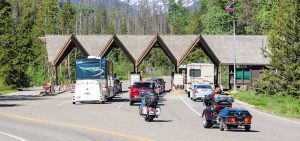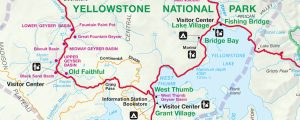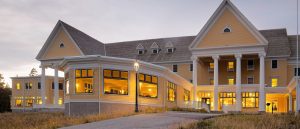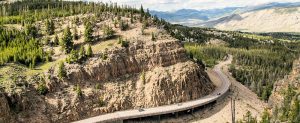Welcome to Yellowstone Net
The online visitor information, and vacation planner for Yellowstone National Park. Visit Geysers, Webcams, Wildlife, Forums and much more.
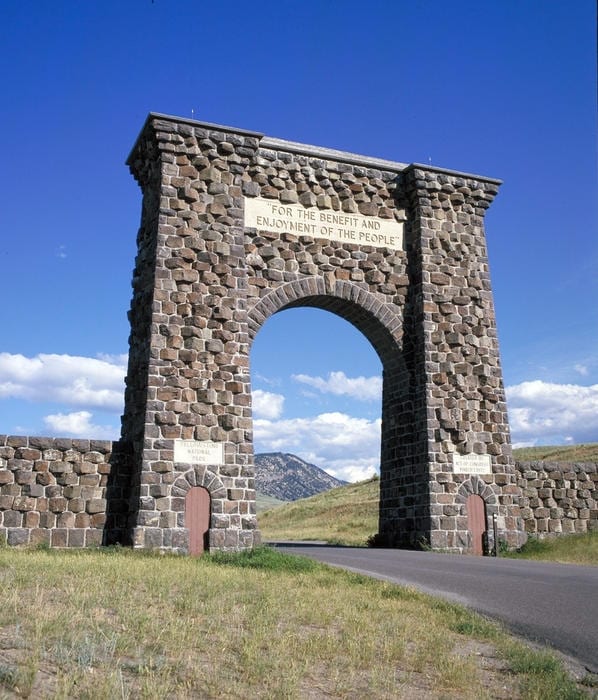
Yellowstone National Park, established in 1872, holds the distinction of being the first national park in the world. Spanning over 2.2 million acres across Wyoming, Montana, and Idaho, this iconic park is renowned for its stunning geothermal features, including the famous Old Faithful geyser, and its rich biodiversity. With dramatic landscapes ranging from lush forests and pristine rivers to expansive hot springs and bubbling mud pots, Yellowstone offers a rare glimpse into the raw power of nature. The park is not only a sanctuary for wildlife, such as bison, grizzly bears, and wolves, but also a living laboratory for geological and ecological wonders. Whether you’re an adventurer seeking outdoor thrills or simply looking to immerse yourself in the beauty of the wild, Yellowstone stands as a timeless destination for nature lovers and explorers alike.
Yellowstone is a treasure that inspires awe in travelers from around the world, boasting more geysers than anywhere else on the globe. Yellowstone in its early days was known simply as “Wonderland.” It is the destination of a lifetime for all ages. Yellowstone National Park and the larger Yellowstone region feature numerous hotel and other lodging facilities. Lodging inside Yellowstone is highly desirable but limited. It’s been called America’s finest and most diverse vacationland.
Click Here for current road status
Quick Links to our most viewed pages
Park Newspaper – Old Faithful Geyser – Top Ten Attractions –
Official Yellowstone National Park Map – Old Faithful Webcam


Take a virtual tour of Yellowstone National Park
Using Google street view with multiple starting points on all road sections of the Park.

- What does it cost to visit YellowstoneWhether you’re planning a single visit or coming back multiple times a year, enjoy the convenience of purchasing a Yellowstone National Park site-specific digital pass on Recreation.gov before you arrive. You have immediate access to…
- What roads are open nowFor up-to-date information consult the map below, call (307) 344-2117 for recorded information, or sign up to receive Yellowstone road alerts on your mobile phone by texting “82190” to 888-777 (an automatic text…
- Where should I stay when Yellowstone is full?There are many lodging options near Yellowstone. Your choice will depend on your personal preference and how far you wish to drive to see the sights you wish to visit in Yellowstone. West…
- Where should I stay near Yellowstone?Each of the five entrances to Yellowstone is adjacent or near a gateway community. The various lodging options in the gateway communities run the gamut from relatively inexpensive to upscale and expensive, and…
- Where should I stay in Yellowstone?If you wish to lodge inside of Yellowstone National Park, it is best to plan well ahead of time as most of the rooms inside the park fill a year ahead of time….
- When is Yellowstone open?Although Yellowstone National Park is open year around, the park is fully accessible only from late May/early June to late October. The northern section of the park’s roadway, from the North entrance at…
- What would happen if the volcano in Yellowstone erupted?The Yellowstone supervolcano is different from a regular volcano. Residing underneath Yellowstone, the supervolcano generates enormous amounts of heat near the surface of the ground that in turn powers the thousands of geysers,…
- Can you drive in Yellowstone?The northern section of Yellowstone, from the North entrance at Gardner, Montana to the Northeast entrance at Cooke City, Montana, is open to automobile traffic throughout the year. All roads in the Park…
- What is the best time to visit Yellowstone?Although Yellowstone National Park is open year around, certain times are better to visit than others. The park is primarily open from May to October, with the months of July and August attracting…
Yellowstone National Park Fast Facts
GENERAL
- World’s First National Park
- A designated World Heritage Site and designated Biosphere Reserve
- 3,472 square miles or 8,987 square km
- 2,221,766 acres or 898,317 hectares
- 63 air miles north to south (102 km)
- 54 air miles east to west 87 km)
- 96 % in Wyoming
- 3 % in Montana
- 1 % in Idaho
- Highest Point: 11,358 ft / 3,462 m (Eagle Peak)
- Lowest Point: 5,282 ft / 1,610 m (Reese Creek)
- Larger than Rhode Island and Delaware combined
- Approximately 5% of park is covered by water; 15% is grassland; and 80% is forest
- Precipitation ranges from 10 inches (26 cm) at the north boundary to 80 inches (205 cm) in the southwest corner
- Temperatures (average) at Mammoth: January: 9° F/-13 C in
July: 80° F/27 C - Records:
High: 99°F/37 C, 2002 (Mammoth)
Low Temp: -66° F/-54 C (West Entrance, Riverside Station 1933)
GEOLOGY
- An active volcano
- Approximately 1,000-3,000 earthquakes annually
- Approximately 10,000 thermal features
- More than 300 geysers
- One of the world’s largest calderas, measuring 45 by 30 miles (72 by 48 km)
- Thousands of petrified trees in northern Yellowstone
- Approximately 290 waterfalls, 15 ft. or higher, flowing year-round
- Tallest waterfall: Lower Falls of the Yellowstone River at 308 ft. (94 m)
- WILDLIFE
67 species of mammals, including:
- 7 species of native ungulates
- 2 species of bears
- 322 recorded species of birds (148 nesting species)
- 16 species of fish (5 non-native)
- 6 species of reptiles
- 4 species of amphibians
- 2 threatened species: Canada lynx, grizzly bear
- 1 endangered species: gray wolf
